I am trying to make a Chrome extension, which will monitor GMail and do something when user starts to write a message. After some study of examples and documentation I have figured out that I should do it with declarativeContent, which reacts on page change.
This is what I have done by now.
manifest.json:
{
"manifest_version": 2,
"name": "Gmail helper",
"version": "0.1",
"permissions": [ "declarativeContent" ],
"background": {
"scripts": ["background.js"],
"persistent": false
}
}
background.js:
chrome.runtime.onInstalled.addListener (function (details) {
chrome.declarativeContent.onPageChanged.removeRules (undefined, function () {
chrome.declarativeContent.onPageChanged.addRules ([{
conditions: [
new chrome.declarativeContent.PageStateMatcher({
pageUrl: { hostEquals: 'mail.google.com', schemes: ['https'] },
css: ["div"]
// css: ["div[aria-label='Message Body']"]
})
],
actions: [ new chrome.declarativeContent.RequestContentScript({js: ["content.js"]}) ]
}]);
});
});
content.js:
alert ("Test");
My plan was to declare a content script that would trigger on page changes in GMail. I have added a declarative rule, which has pageURL, css and actions defined. According to my understanding content.js should be executed when pageUrl and css content match. However, content.js is not executed.
What am I doing wrong?
Thanks.
